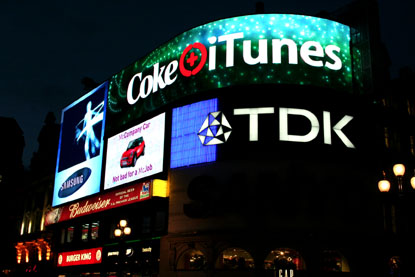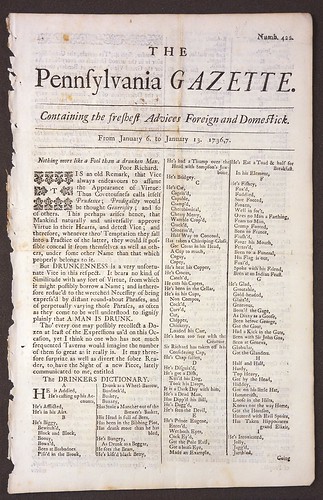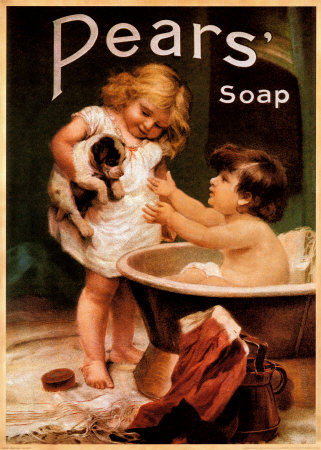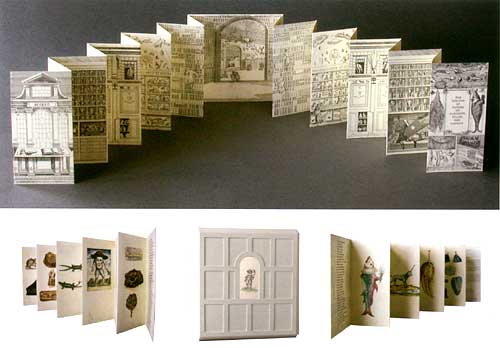Global society is facing unprecedented levels and speed of change driven by a range of issues including the fuel, food, and financial crises, climate change.
There is increasing pressure on scarce resources, Concerns over the sustainability and equity of global consumption and production patterns are also growing in the context of predicted major increases in the population in the developing world coupled with less predictability of weather patterns.
How will consumers and producers adapt?
Despite the on-going prospect of economic downturn, environmental awareness remains high driven by continued media and societal interest in climate change. Perhaps we now face a cross roads. Is there a need for a Blue-Green roadmap to re-generate our struggling economies.
the United Nations Environment Programme (UNEP) as a new engine for growth and job creation through sustainable technology development, is created in response to the need for all key stakeholders, to accept the need for more radical (sustainable) change alongside the change that is already happening.
New systems and structures are needed to take global society forward.
To achieve this will require 'sustainable innovators' and change agents in all spheres of global society. People, leadership and creativity will be at the heart of that change..
Being one of the key elements which are needed to direct a globalised economy towards a sustainable development, Eco Design is supported unanimously by industry, governments and environmental NGOs. In many areas Eco Design has made substantial progress.
However, there is a big risk. If the enhanced resource efficiency generated by Eco Design leads to better economic performance and the reduced resource consumption needed to produce goods makes pricecuttings possible, consumption will increase and there might be no overall environmental benefit because growing consumption may exceed the benefits achieved by Eco Design, this effect, is whats called Rebound-Effect is the consequences for Eco Design.
1). I've just learned about Rethink ... The Eco Design Game
It's a brand new board game with an eco-design twist. Players are asked to rethink existing, everyday products through the lens of environmentally friendly design. Redesign a chair using locally sourced materials or come up with new functions for an old shopping trolley — the goal of the game is environmentally friendly thinking and eco-design creativity.


The Business and IP Centre at the British Library in London played host to the launch event, demonstrating one of its main purposes in helping young inventors push new products to market.



While it helps to have an understanding of the basics of eco-design, the game is really meant for anyone and brings people together to bring to light ideas which use existing products and open up new opportunities.
The aim of the game is to spin a wheel ingeniously integrated into the box and then choose a play card based on the wheel result. Players then draw new ideas based around the play card. It definitely opens ones mind to the possibilities of changing the way that we currently use and make our products.
I believe that change will come by investing in the children of today who are the leaders of the future, for them to have a more stable earth to live on.
2). I've learned that I can make a difference, no matter how small, inspired by a notion, it will set an example that will inspire others, some have good intentions but lack initiative, they will soon follow the new trend.
3). I've learned when others say it will not work, it means .. we must find another whey to make it work, that's where I (a person in my community, the designer) come in to create a solution.
Because we designers are effective in the lives of all age groups in our communities, recognizing that our work contributes to the well being of the general public, particularly in regard to health and safety and must not consciously act in a manner contradictory to this well being.
4). I've learned to see things in a different whey, things that did not attract my attention, over looked because they are here, there and everywhere all the time, we stopped noticing, I guess this happens every time you add to your knowledge, it opens new worlds and new horizons.
5). I've learned that I'm actually living a well being life without giving it a name, I'm proud to realise that at an early age I made sound judgments that have paid off.
6). I've learned that giving back to society is not a charity, it's a duty, so it must be consistent and organized, led by knowledge, loyalty.
7). I've learned that mass corporate policies, shape our understanding of write and wrong, they are based on devious manipulation of predictable basic human reaction, to benefit the isolated few in the high ranks of the corporate driven society, hence the desire to create need in the consumer, in the long run it harmed the community, making the rich, more rich and the poor more poor.
Finally the corporate high ranks have accepted to own 100% of the responsibility for any consequences of what they do, intended or not.
8). environmental protection is not something new, it's a major focus in all industries, deliberately overlooked, due to customer convenience became increasingly more important.
9). I've learned that mankind is a complex creature, cannot make up his mind, one day he wants one thing , risking everything, knowing the consequences, then spends the next 100 years clearing his own mess.
10). I've learned through coming in close contact with the vulnerable, the elders, children and animals that life was meant to be enjoyable, through well being, those who are unhappy are so, because they're consumed in the well having life trend, keeping up with the Joneses.
I've learned ... you don't have to go with the flow ...
Be yourself ... no matter what they say
; )
























































